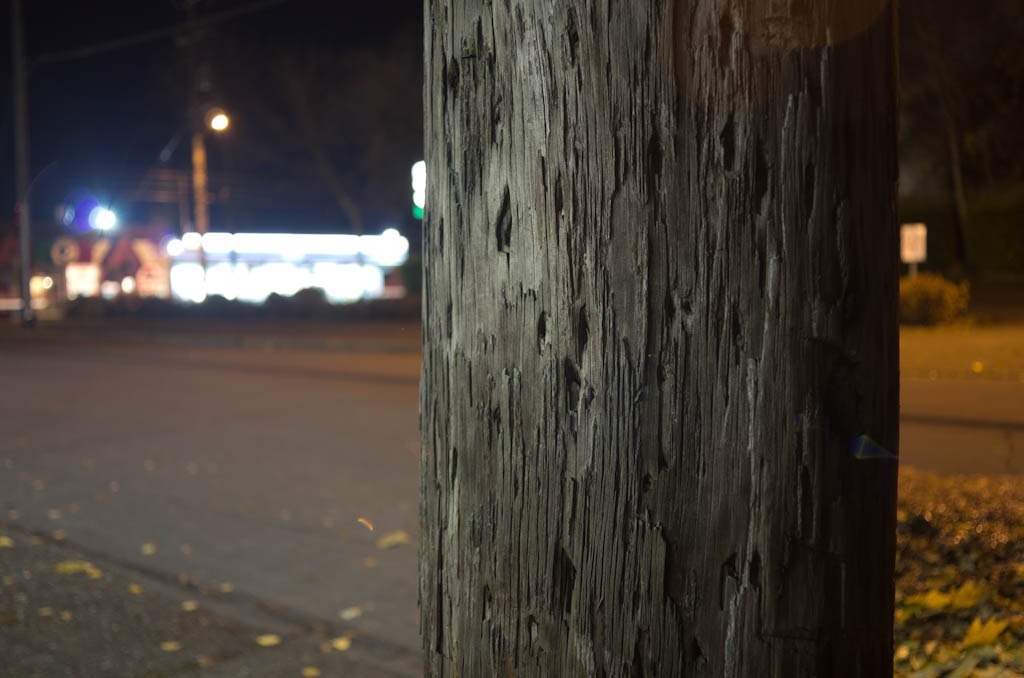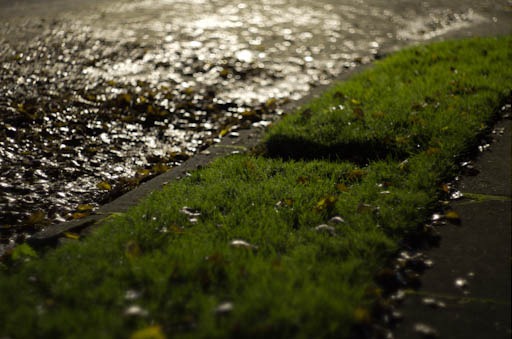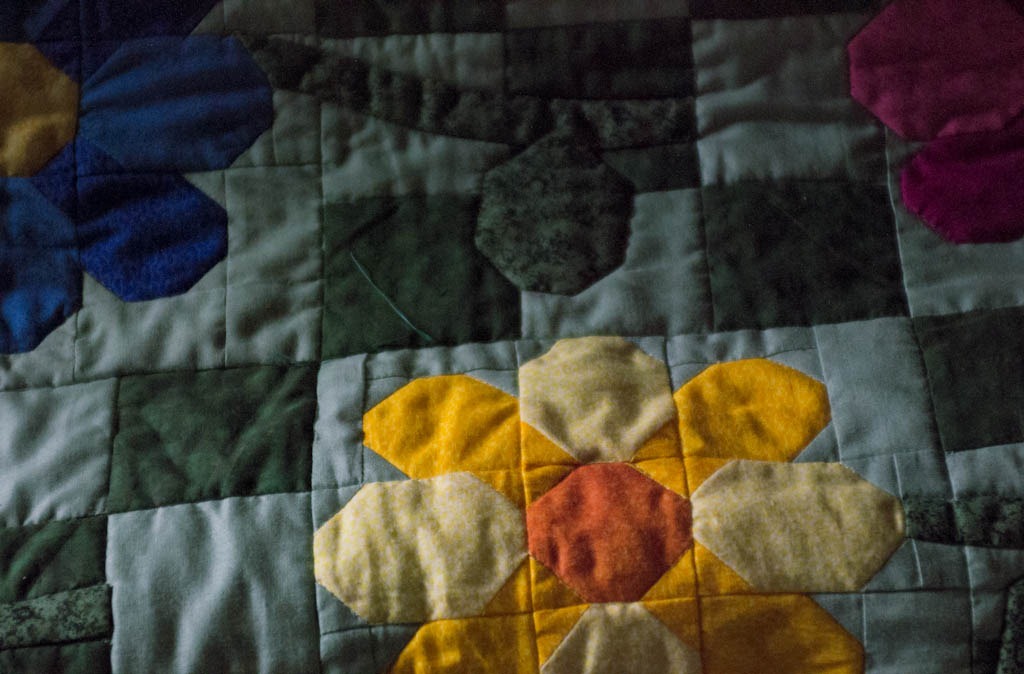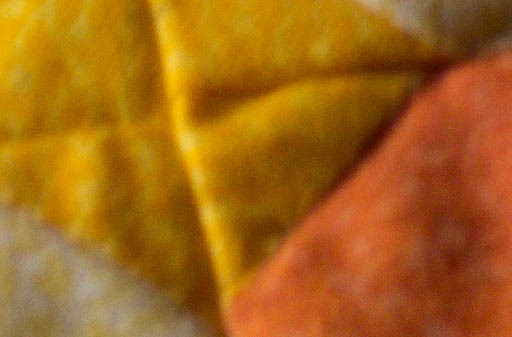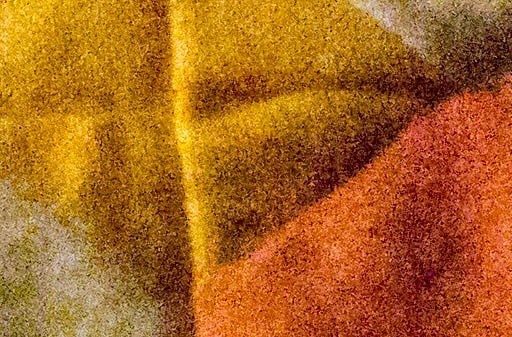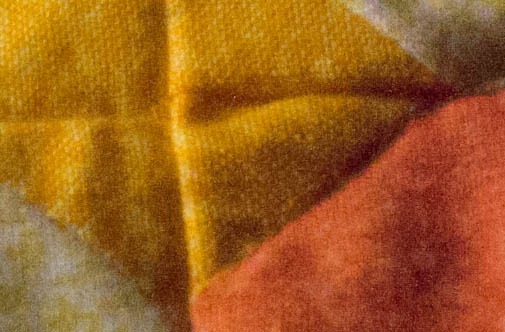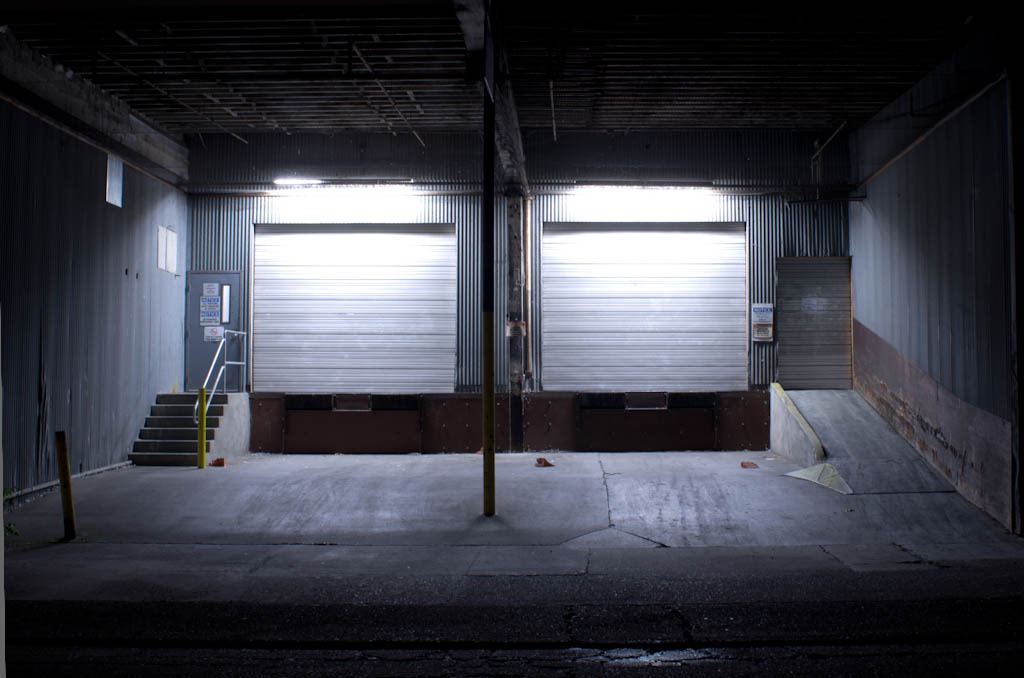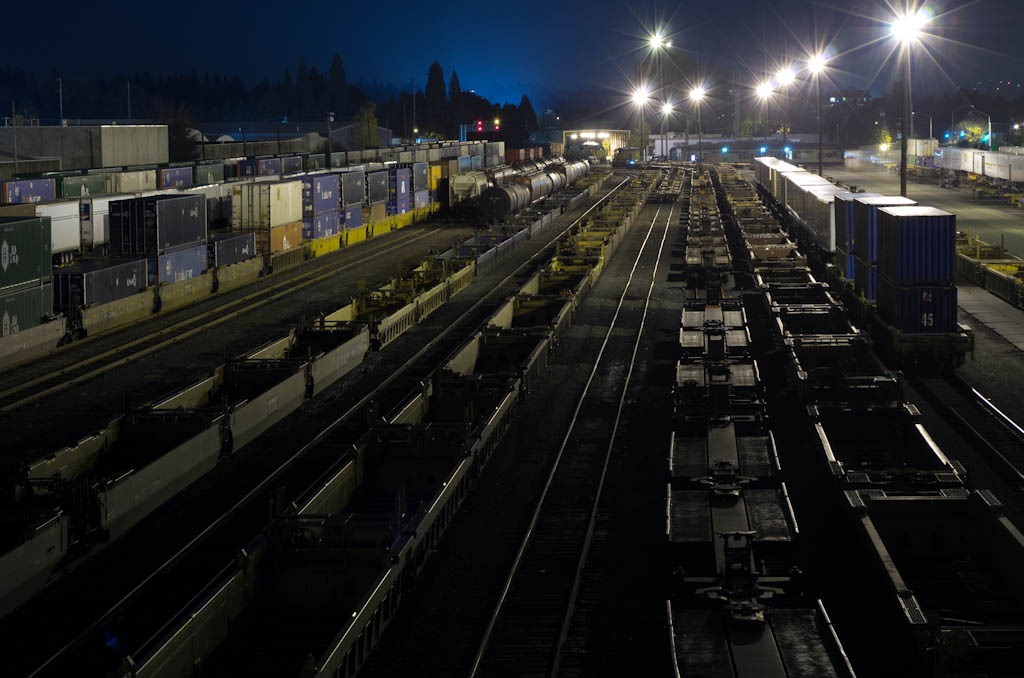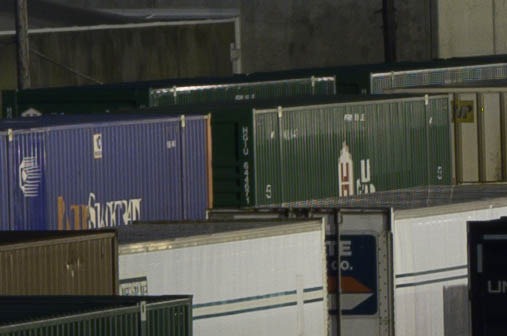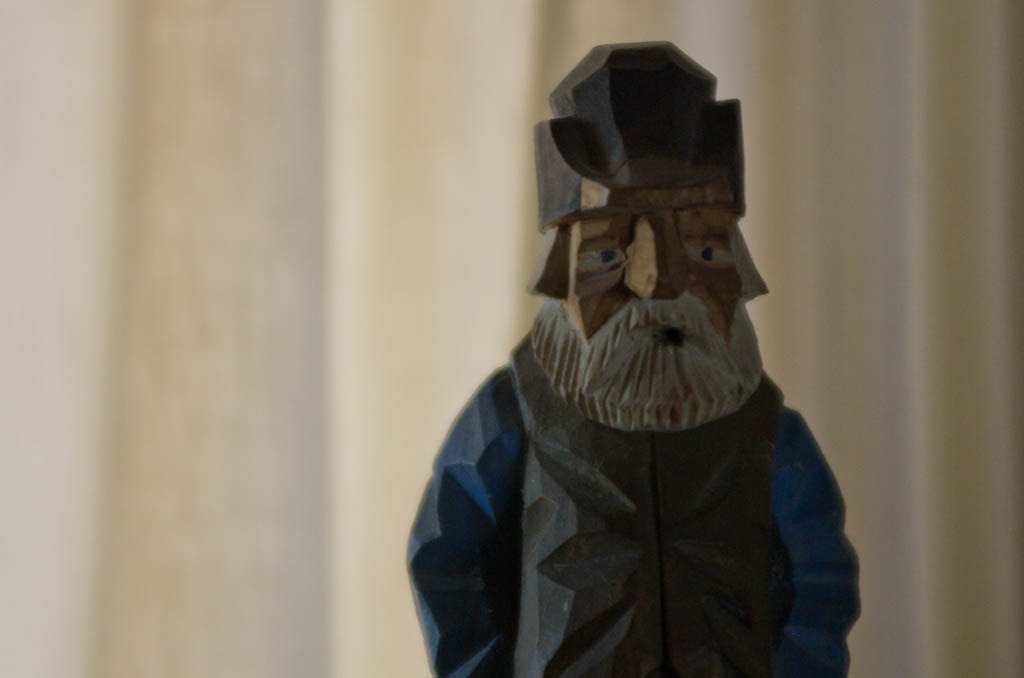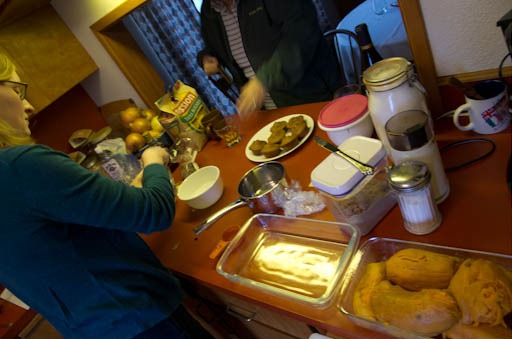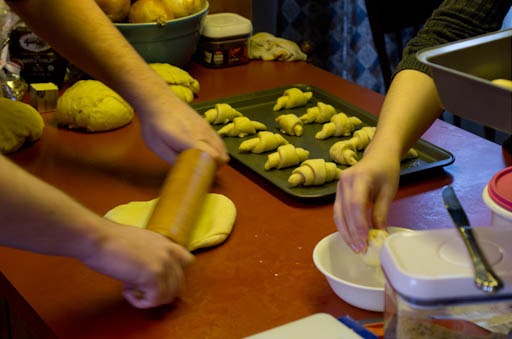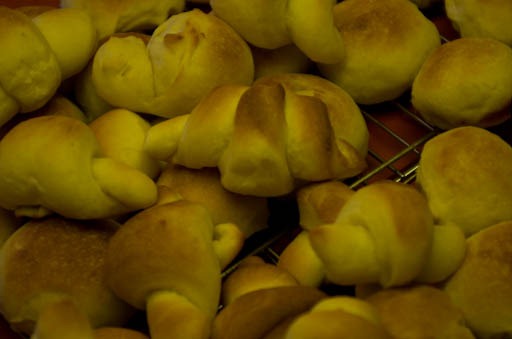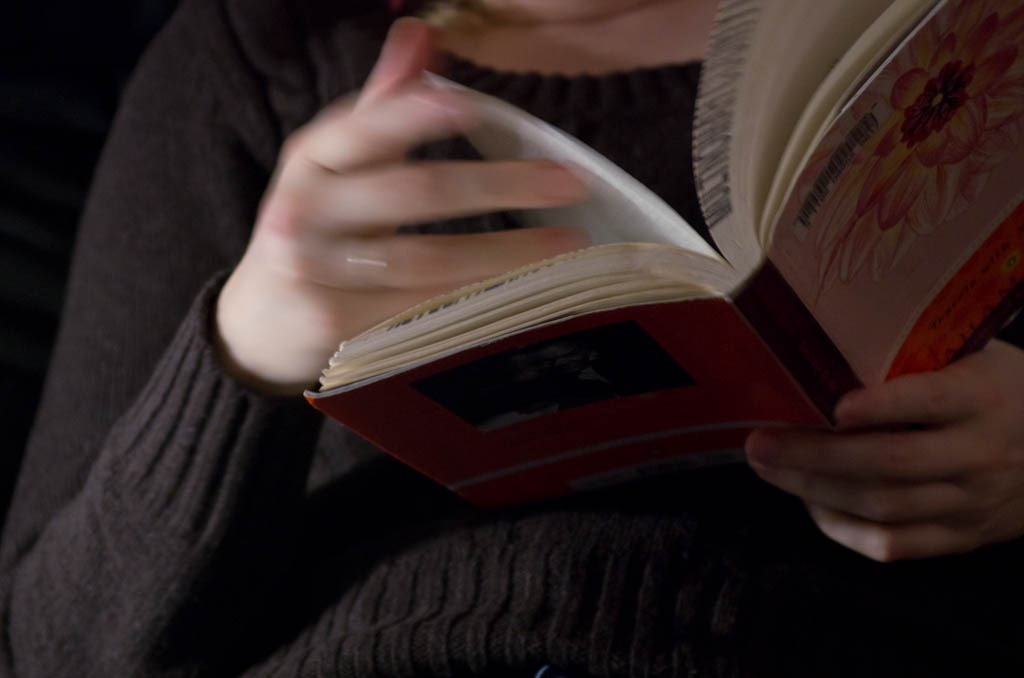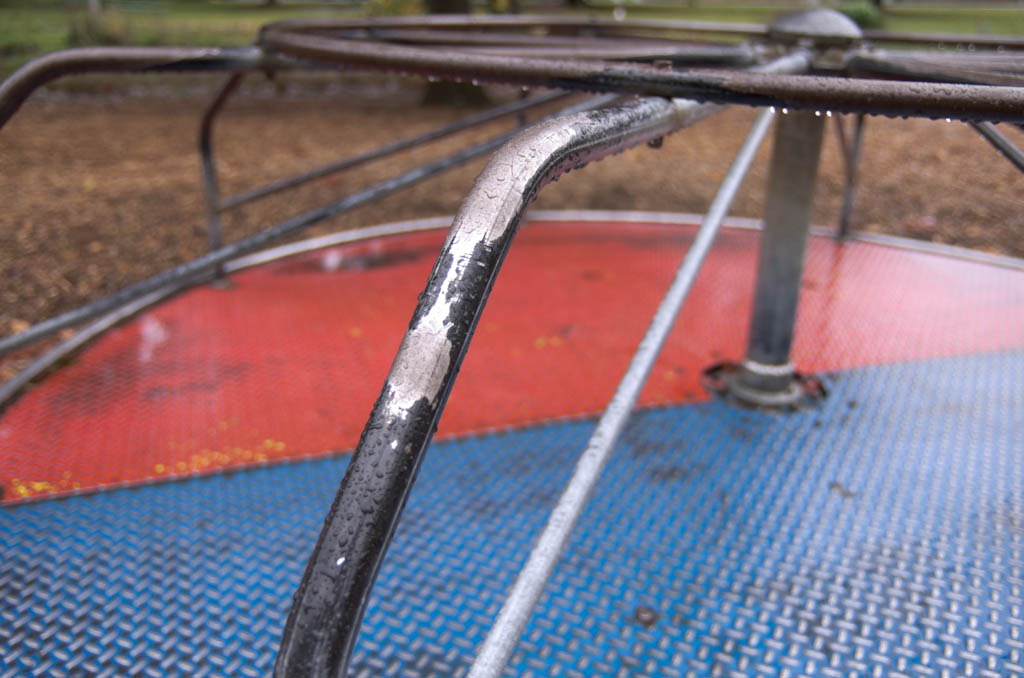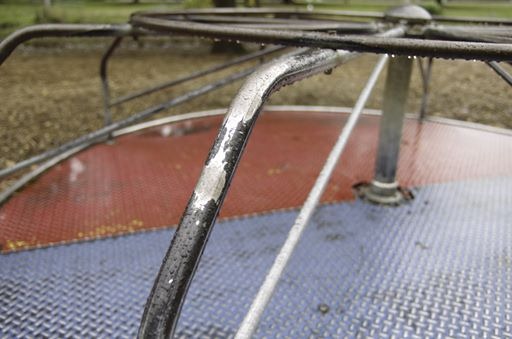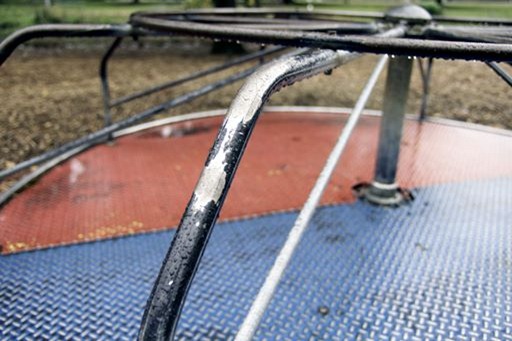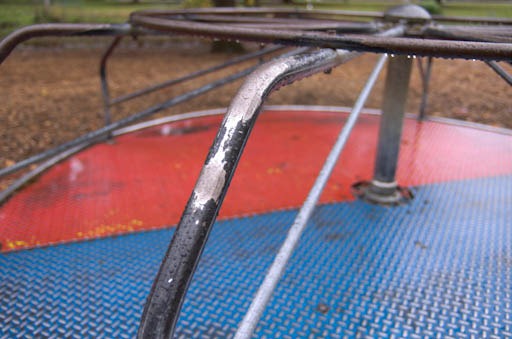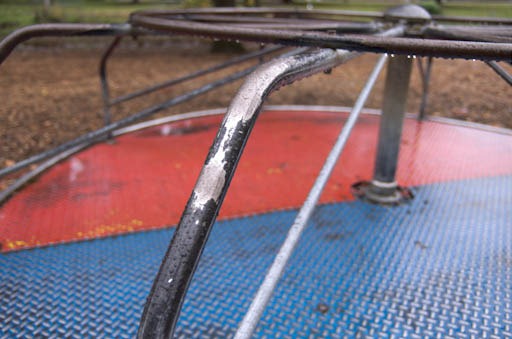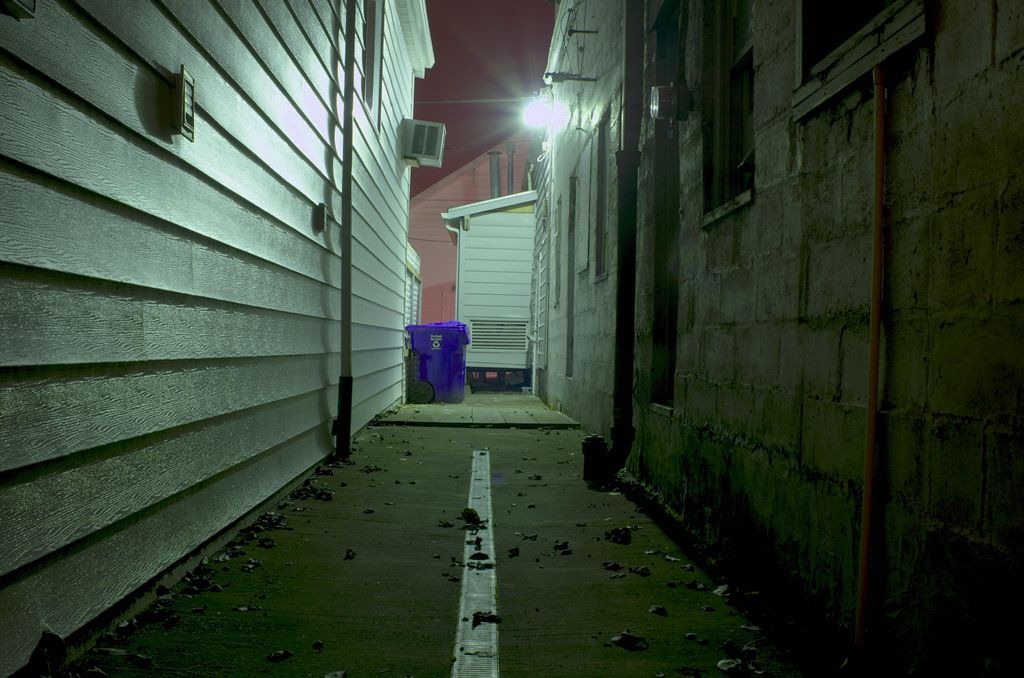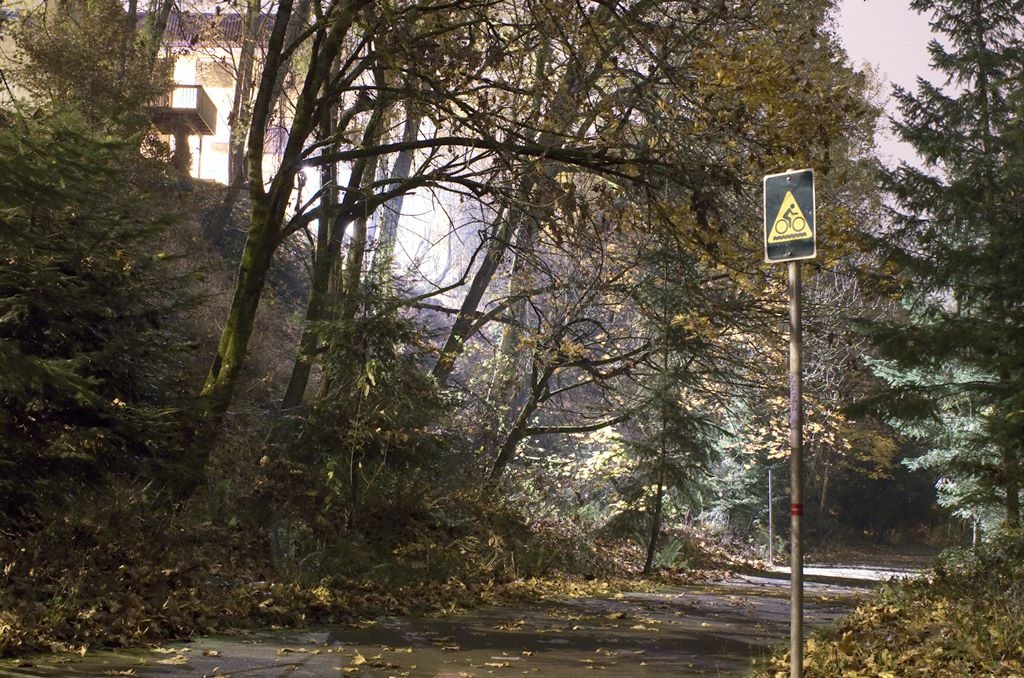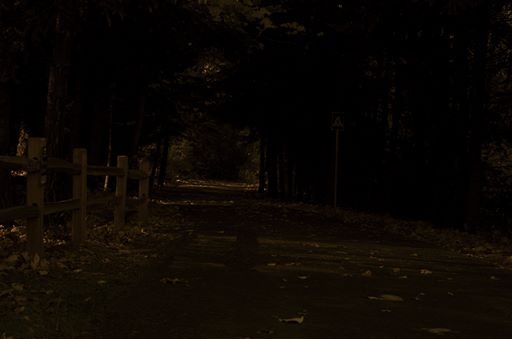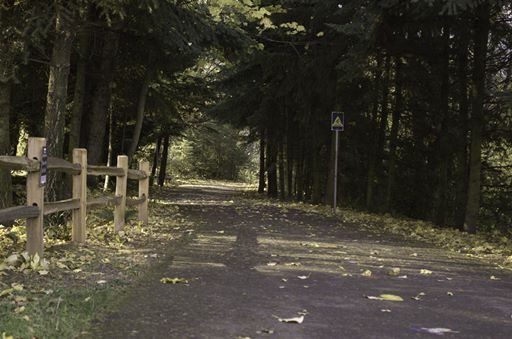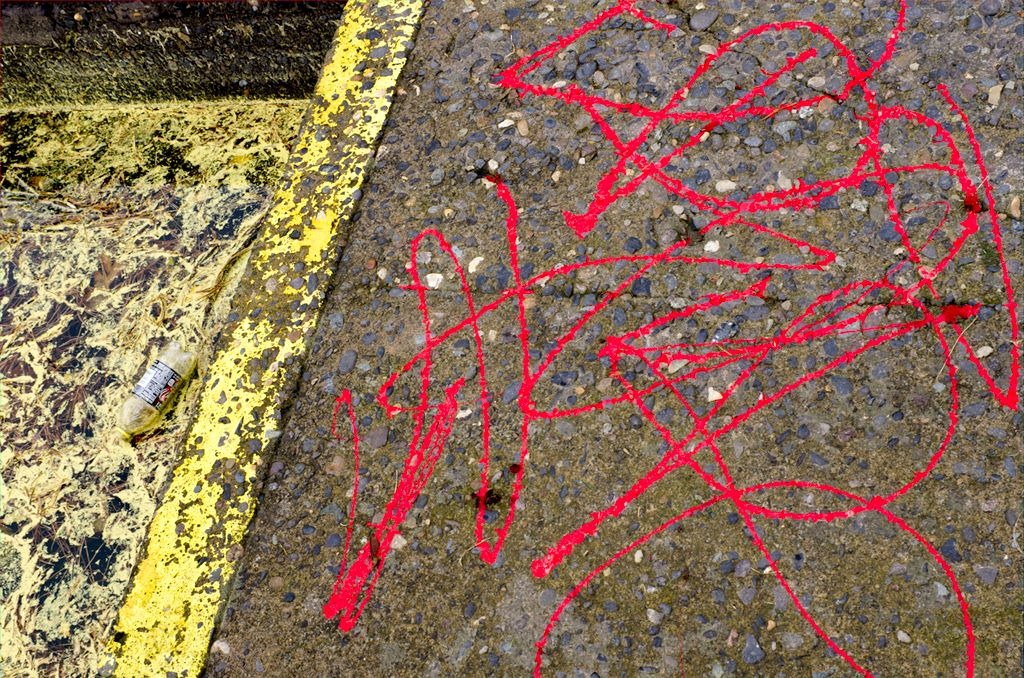366 Photos in Portland
Another "365" for the masses to enjoy.
011
So it took me all of 9 days to give up on the rules of the game. One, I missed a day. (Will make up for that.) Two, new lenses. Let me introduce the Super Takumar 24mm/3.5. Character. Close focus. Nothing obnoxious. Lots of lens flare, but… not ugly.
And the Super Takumar 50mm/1.4 (7/6 version). Which might lead me down the path of bokeh-addiction. The way it moves in and out of focus is quite tasty.
For the bulk of the pictures that I take, the time it takes to set a Takumar lens’ focus and aperture is meaningless next to the time it takes to find and select a composition. I’m leaning towards having some good zoom lenses for photojournalism (oh, by the way, a photo of mine is now printed in a magazine), plus some manual lenses that are simply enjoyable.
010
This picture isn’t really all that interesting—except that it is really 10 pictures put together.
Today’s post has more to do with post-processing than to do with photography. This post is about PhotoAcute. Let me show you with 100% crops:
The above crop is of the same scene, iso 800 at 1/6s. Shows quite a bit of motion blur, which makes sense because these were taken at 80mm.
The above crop is of the same scene, iso 51200, at 1/350s. Lots of noise, even after processing to get rid of as much noise as possible. Again, makes sense: iso 51200 remains on the far side of sanity.
The above crop was from processing with PhotoAcute, 10 different captures at iso 51200 and 1/350s. Still some noise, perhaps a bit worse than iso 800 but not recognizable even as a second cousin, once removed, from iso 51200.
It is remarkable how much detail comes out of the iso 51200 images. There were some significant changes to the image: the PhotoAcute image was processed at –1 exposure and –33 shadows (toward green tint, in Camera Calibration), using Lightroom. The colors still weren’t the same, but they were close enough that I can’t recall which was more true to life. And this is simply blending images—none of the settings, such as superresolution or HDR were selected, and there is no need for PhotoAcute to know about your camera/lens combination.
Oh, and did I mention that this was all hand held? Yeah, PhotoAcute is automatically aligning all of these images and then averaging out the noise. Fantastic. I wonder what would happen if I took out my tripod and compared a low-iso single snap to multiple high-iso snaps processed with PhotoAcute, perhaps with a less extreme iso base…
009
I might be going down the wrong path. I’m starting to like corner-to-corner sharpness, which means deep depth of field, which might mean favoring a smaller sensor camera. Blasphemy, I know. But I almost never took photos at f/8 before stopping down to avoid the wide-open softness meant f/5.6. Then I thought, huh, there’s something to this. But a smaller sensor camera would have more depth of field while being optically faster; f/2 in the same light would allow a shutter speed 16 times faster. Or I could just shoot at f/8 and have the option of going faster and shallower… we’ll see how much I like my faster lenses when I get to them.
…later…
So I decided to examine what was happening and I noted that I was using slow apertures to obtain focus at wider angles. Simply put, my copy of the F28-80/3.5-4.5 only focuses to infinity at 28mm. It seems fine at 80mm, but gradually loses any close focus ability. (I attempted to take the lens apart to examine it, but put it back together after spending quality time on my knees looking for a little spring or whatever that I had just lost. Repair fail, but I didn’t ruin it, either.) To compensate, I’ve been using slower apertures to increase depth of field to create the illusion of things being in focus. The image, above, was taken from across a street; there was no need for it to be f/8 unless that’s what was necessary to achieve “focus,” and if I could have taken it faster then I really ought to have. My other captures of the same scene show considerable blur from camera shake.
Point being: I have found that this lens is broken. Functional, but to a limited extent. (No, that does not make this a Pentax Limited lens.) If I look at the focal length of the images I’ve taken with this lens, they all tend toward the longer end. This may be because I like those lengths or this may just be because I couldn’t focus on the subject.
008
This photo is remarkably pleasing to me in several ways. One is that I took it on my way home from work—ergo, sans tripod—and was able to brace the camera against the railing for 20 seconds well enough for this photo. Here’s a 100% crop of the boxes on the upper left side:
If the lens has been smaller, or if the camera hadn’t had the handgrip, I wouldn’t have been able to create a 3-point brace against the railing to stabilize the camera for this iso80 capture.
There is also remarkably little flare considering the levels of contrast that exist in this frame. There is a little blue spot at the bottom left, smack dab in the middle of the vacant railroad tracks there. And there is noticeable veiling if you compare the (black) trees behind the lights in the upper right to the trees in the upper left. But for a cheap zoom, I think this is remarkably good performance.
The last reason is perhaps less interesting. I’m just pleased that I have an excuse to go for a walk after work. Thank you, internets.
007
The desolate doll.
Thanksgiving was a day of plenty for me. Rolls and potatoes play a big role in that. First one DA*16-50, others F28-80.
006
Thanksgiving. Thanks for books, for art, and for the depth they bring to life. Thanks for my lady, who appreciates many of the same things I do yet in different ways.
For those of you not in the USA: no day is a bad day to stop and say, thanks.
005
Today’s photo isn’t as much about the photo I took with a camera but rather what happened between the camera going “snap!” to your web browser going “oh, damn, another picture. I rather prefer text, you know. Oh well. Better than flash.”
I took this picture a few weeks ago. I’m partial to it. So I wanted to see how it would look with different editing styles. The chosen photo, above, was process with Lightroom and used on a calibrated monitor. The following photos were:
Above, as the jpg came out of the camera. (No post processing.)
Above, as it came from Bibble 5, with an uncalibrated monitor.
Above, as it came from Lightroom with an uncalibrated monitor.
Above, the alpha and the omega—the pint-sized version of the big picture at the top of this post.
Note that everything except the out-of-camera jpg pictures are developed from raw images. Google that term—”raw photo”—if you don’t know what it means.
NB2: I developed these at different times. Developing photos digitally is always, always a matter of taste, and my tastes aren’t perfectly reliable. This is a demonstration of *my abilities* using these things more than of these things on their own. I’m doing a 365. Which means that I’ve got the free time. Which means, more likely than not, that I’m not paying my bills with my art. Else I’d be doing art paying for other bills that I’d accrue. That’s life.
NB3: why isn’t there something like PPS for NB? I mean, post-post-script makes sense. Nota bene doesn’t work like that. Post nota bene? Eh. Nota sub-bene? I like that. NSB. Because if it were important, it would have come first. Anyhow.
When I compare the four images, what do I see? The out of camera image is the most natural. If I had to honestly say, “that’s what it looked like,” then I’d go with the Pentax rendering. Which is a fantastic kiss on the cheek for Pentax. But… I’m not going for natural. I’m going for, je ne sais quoi, a photo that touches you. I took the photo the way I did because I wanted to focus on how the handlebar of the merry-go-round had been worn out right where you would push the thing around. And, when I was a child, my school had one of these, but now the playground doesn’t, presumably due to fear of litigation, so there is a “good ole days” reminiscence going on. Which is aided by the rainwater. But the colors just weren’t enough.
Now, I don’t really see a huge, relative difference between the calibrated Lightroom and the uncalibrated Lightroom image. The Bibble image just looks like a wet towel to the face in comparison. Go back to my NB2, though (my NSB). These were developed at different times. I prefer the results I achieved from Lightroom to those I got from Bibble. Does that mean that Bibble is inferior? No way. Does that mean that Lightroom worked better for me? Yes. Maybe I should do one of these, “process with different programs” things once a month or so to find out which one gives me results that I prefer.
Notice I didn’t say “better” results. Results that the artist prefers is really what I’m going for here. And, if you actually read this far rather that just looking at the pretty pictures, that’s probably what you’re going for too.
Let me know.
Edit: This photo was not taken with the lens of the month, as the image was taken about a week ago. This lens is the DA* 16-50/2.8, at 21mm, f/2.8, 1/45s, iso80. That lens… well, we’ll get there.
004
Another night shot. (This might become regular during the week.)
003
Never underestimate the tripod. I used to think they were big hassles. I still do, in fact. But they also enable pictures that would otherwise be impossible, like today’s. Compare some other shots I took while out and about:
30s, f/6.7, iso 800:
30s, f/4, iso 3200:
And, yes, that’s 30 seconds, not 1/30 second. At ISO 3200. That’s amazingly fast, and it takes that much to look like an ordinary photo during daylight.
I like the way different light sources play with each other at night. I like the shadows cast by a single light source. I don’t like how the sky is… uniformly bleh, as it is in the top right of today’s shot.
Edit: 30s at f/4 and iso 3200 captures 4 million times as much light as a decent exposure (per the “sunny sixteen” rule) of an object in direct sunny light. 4 million!
002
Ah, the beauty of city parks. (Most of Portland’s public parks are fantastic, but there exists a certain lack of cleanliness to some parts of some of them.)
